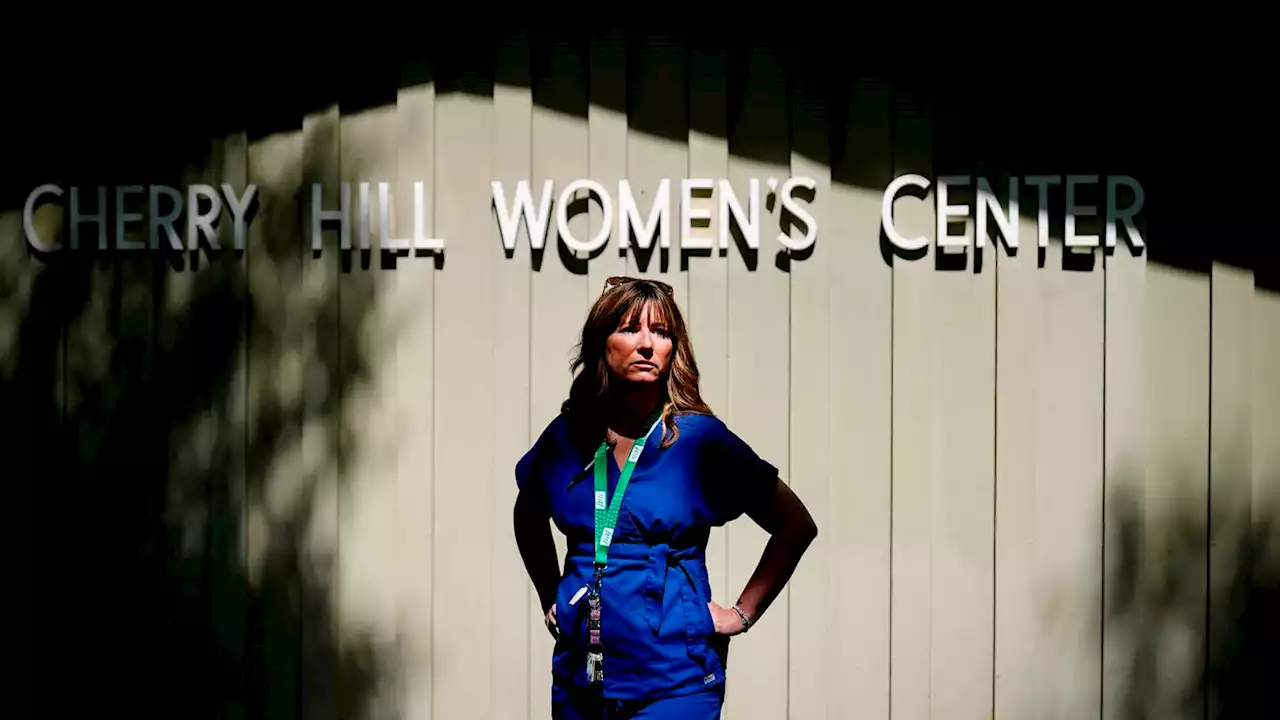Harassment and violence have become common outside abortion clinics over the decades since the 1973 ruling legalizing abortion
Amanda Kifferly, Vice President for Abortion Access at The Women's Centers poses for a photograph in Cherry Hill, N.J., Wednesday, June 15, 2022. In her first week on the job at a Philadelphia abortion clinic, Amanda Kifferly was taught how to search for bombs. About a year later, protesters blocked the entrances and exits of the The Women’s Centers, at one point pulling Kifferly into something resembling a mosh pit, where they surrounded her and shoved her around.before the U.S.
The group and the hundreds of abortion clinics it represents have been on “heightened alert” since the opinion leaked, Fowler said. The organization has staff who specialize in security on call around the clock. They go out to clinics to do drills with employees and volunteers on scenarios such as bomb threats or active shooters and advise them on things like where to position security cameras.
But the relationship between clinics and local police isn't always a positive one, and clinics must weigh whether having a heavy police presence will frighten patients, Fowler said. In Kifferly's experience, how well clinics and police departments work together varies by city and state. She recalled asking an officer for help as she was assaulted outside the Philadelphia clinic, and the officer responding that she should “call 911.
Abortion opponents also have been targets of violence, and say they've also seen an increase in incidents since the draft opinion leaked, though the FBI in a 2020 memo described the incidents as historically “rare.”
